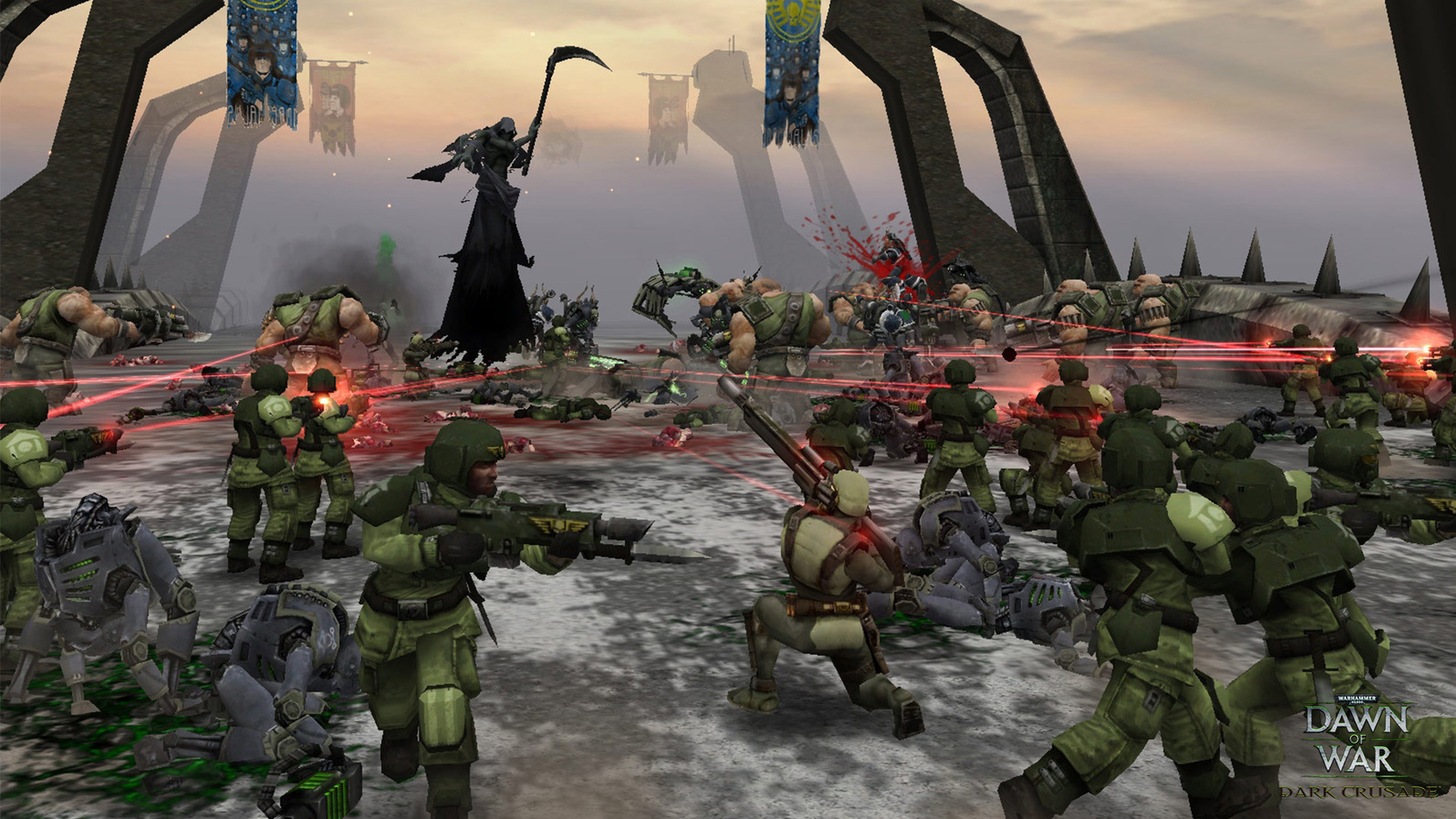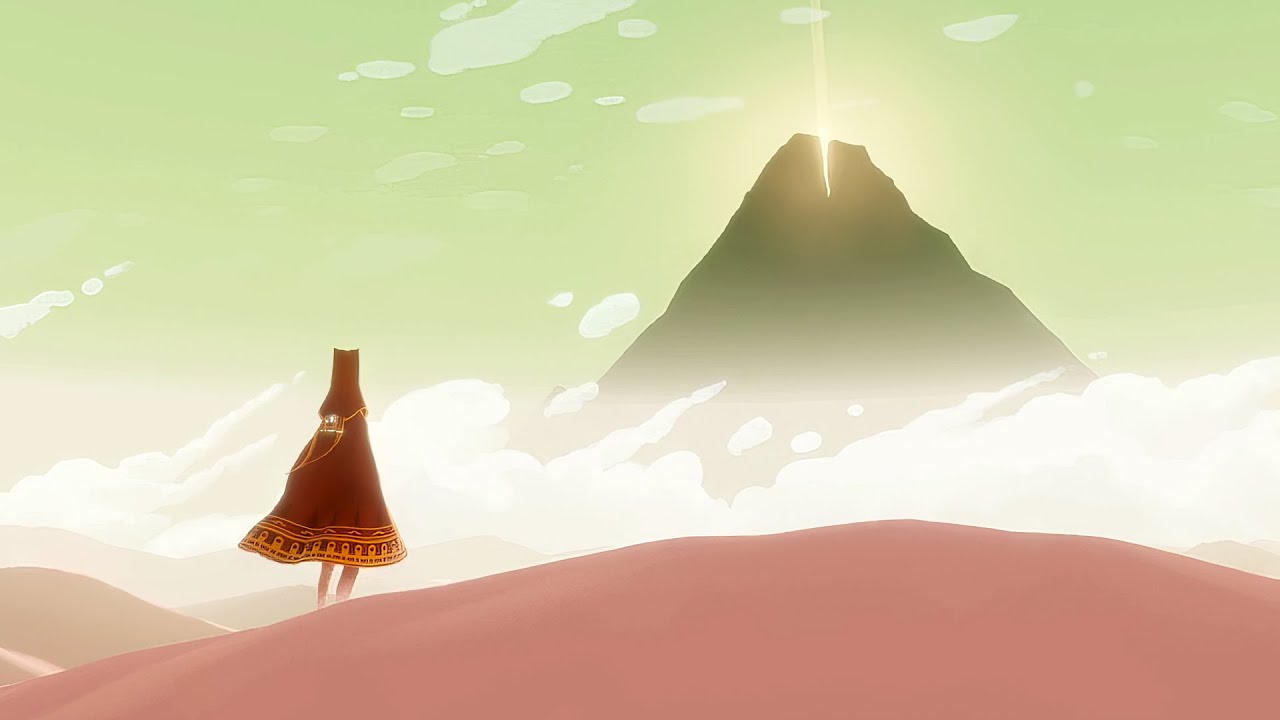Warhammer 40,000: Dawn of War – Dark Crusade stands out as a remarkable expansion in the real-time strategy (RTS) genre, offering a deep and engaging experience set in the dark and dystopian universe of Warhammer 40,000. In this comprehensive guide, we will delve into the core aspects of the game, its unique features, critical reception, and frequently asked questions to provide a complete overview.
Introduction to Warhammer 40,000: Dawn of War – Dark Crusade
What is Warhammer 40,000: Dawn of War – Dark Crusade?
Warhammer 40,000: Dawn of War – Dark Crusade is a standalone expansion for the acclaimed RTS game Dawn of War, developed by Relic Entertainment and released by THQ in October 2007. Set in the grimdark universe of Warhammer 40,000, the game is known for its strategic depth, rich lore, and intense gameplay. Unlike its predecessor, Dark Crusade introduces new factions, missions, and a campaign that offers a non-linear approach to strategy and conquest.
Key Features of Dawn of War – Dark Crusade
- New Factions: The game expands the roster with the addition of two new playable factions: the Tau Empire and the Necrons. Each faction brings its own unique units, strategies, and playstyles.
- Campaign Mode: Dark Crusade features a new single-player campaign set on the planet Kronus, where players can choose to align with one of seven factions in a battle for dominance.
- Skirmish and Multiplayer: The game includes enhanced skirmish modes and multiplayer options, offering various ways to enjoy the game with friends or AI opponents.
- Strategic Depth: The campaign introduces a risk-style map where players can capture territories, manage resources, and plan strategic moves against rival factions.
Gameplay Mechanics of Warhammer 40,000: Dawn of War – Dark Crusade
Tactical Combat and Strategy
Warhammer 40,000: Dawn of War – Dark Crusade emphasizes tactical combat, where players must carefully manage their units, resources, and strategies to gain an advantage over their opponents. Key elements include:
- Cover and Positioning: Effective use of cover and positioning is crucial for gaining an edge in battles. Units benefit from defensive bonuses when stationed behind cover.
- Resource Management: Players must gather and manage resources, such as requisition and power, to build and upgrade their armies. Efficient resource management is essential for maintaining a strong force.
- Unit Diversity: Each faction has access to a variety of units, each with unique abilities and roles. Understanding the strengths and weaknesses of each unit type is key to developing effective strategies.
Campaign Mode and Conquest
The campaign mode in Dark Crusade introduces a dynamic, non-linear structure where players can select their preferred faction and engage in a series of strategic battles across the planet Kronus. Key aspects of the campaign include:
- Conquest Map: The campaign features a risk-style map where players can capture and defend territories. Control over different regions provides strategic advantages and resources.
- Faction Choices: Players can choose from one of seven factions, each with its own storyline, objectives, and units. The choice of faction significantly impacts the campaign experience.
- Objectives and Missions: The campaign includes various missions, ranging from standard combat scenarios to more complex objectives that require strategic planning and execution.
Reviews and Reception of Warhammer 40,000: Dawn of War – Dark Crusade
Critical Acclaim and Praise
Warhammer 40,000: Dawn of War – Dark Crusade received widespread acclaim from critics and players alike. Key points of praise include:
- Expansive Content: Reviewers appreciated the expansion of content, including the addition of new factions and the deepened campaign mode.
- Gameplay Variety: The game was lauded for its variety in gameplay, with each faction offering distinct strategies and playstyles.
- Graphics and Sound: The visual and audio design of Dark Crusade was praised for its attention to detail and atmospheric quality, enhancing the immersive experience of the Warhammer 40,000 universe.
Criticisms and Areas for Improvement
Despite its positive reception, the game was not without its criticisms:
- Balance Issues: Some players noted balance issues between different factions, which could impact competitive play and skirmish modes.
- Repetitive Missions: A few reviews mentioned that the campaign missions could become repetitive over time, potentially diminishing the overall experience.
Warhammer 40,000: Dawn of War – Dark Crusade Game Official Trailer by The Ultimate Guide Review
Frequently Asked Questions (FAQ): Warhammer 40,000: Dawn of War – Dark Crusade
Q1: What are the new factions introduced in Dark Crusade?
A: Warhammer 40,000: Dawn of War – Dark Crusade introduces two new factions: the Tau Empire and the Necrons. The Tau Empire is known for its advanced technology and long-range firepower, while the Necrons are a race of ancient, undead warriors with powerful, regenerating abilities.
Q2: How does the campaign mode in Dark Crusade differ from the original Dawn of War?
A: The campaign mode in Dark Crusade features a non-linear, risk-style map that allows players to capture and defend territories. Unlike the original game, which had a more linear campaign structure, Dark Crusade offers a more open-ended experience with multiple factions and strategic choices.
Q3: Can I play Dark Crusade in multiplayer mode?
A: Yes, Warhammer 40,000: Dawn of War – Dark Crusade includes robust multiplayer options. Players can engage in skirmish matches or online battles, pitting their armies against other players’ forces in various game modes.
Q4: Are there any notable balance issues with the new factions?
A: Some players have reported balance issues between different factions, particularly in competitive play. While the game received praise for its strategic depth, these balance concerns were noted in some reviews and player feedback.
Q5: What are the system requirements for playing Dark Crusade on PC?
A: The system requirements for Warhammer 40,000: Dawn of War – Dark Crusade are relatively modest, but they can vary based on the level of graphical detail and resolution. Generally, the game requires:
- Operating System: Windows XP or Vista
- Processor: 1.4 GHz Intel Pentium 4 or equivalent
- Memory: 512 MB RAM
- Graphics: NVIDIA GeForce 3 or ATI Radeon 8500
- DirectX: Version 9.0c
Q6: Is there a way to mod Dark Crusade?
A: Yes, Warhammer 40,000: Dawn of War – Dark Crusade supports modding, allowing players to create and install custom content. The modding community has produced various mods that enhance or alter gameplay, add new units, and expand the game’s content.
Conclusion: Why Warhammer 40,000: Dawn of War – Dark Crusade Still Matters
Warhammer 40,000: Dawn of War – Dark Crusade remains a beloved title in the RTS genre due to its compelling gameplay, expansive content, and immersive setting. The introduction of new factions, the non-linear campaign, and the strategic depth have solidified its place as a standout expansion for the Dawn of War series. Despite some criticisms regarding balance and mission repetition, the game’s overall design and execution continue to resonate with fans and newcomers alike.
Whether you’re a veteran of the Warhammer 40,000 universe or a newcomer exploring this grimdark future, Dark Crusade offers a rich and engaging experience that continues to captivate players even years after its release.



